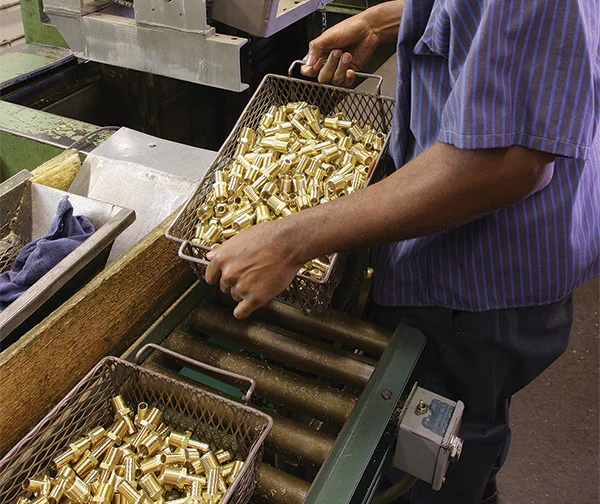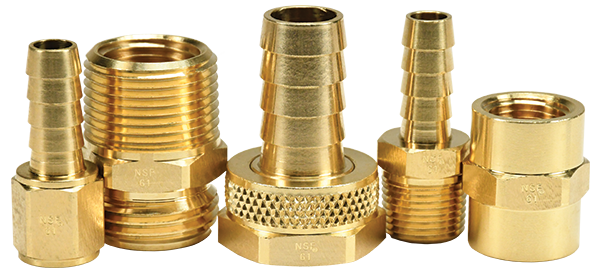
A Guide to Lead-Free Fittings
Whether it’s for drinking, preparing food, or washing dishes, having clean, safe water for everyday use is critical. Potable water systems play a vital role in ensuring water is suitable for human consumption.
One major concern for potable water is the potential for lead contamination. The corrosion of pipes and fixtures can cause lead to enter drinking water, which is a dangerous situation. According to the EPA, “lead is a toxic metal that can be harmful to human health even at low exposure levels.” The effects of lead exposure can vary from behavioral problems and slowed growth in children to cardiovascular issues and decreased kidney function in adults. To protect consumers from potential lead exposure, the Reduction of Lead in Drinking Water Act was introduced.

What is the Lead-Free Requirement?
In 2011, the Reduction of Lead in Drinking Water Act was signed into law. The act reduced the lead content allowed in drinking water systems and plumbing materials. This was done by changing the definition of “lead-free” in section 1417 of the Safe Drinking Water Act. The law went into effect on Jan. 4, 2014.
Definition of Lead-Free
The definition of lead-free was updated from not more than 8% lead content to “not more than a weighted average of 0.25% lead when used with respect to wetted surfaces of pipes, pipe fittings, plumbing fittings, and fixtures.”
Lead-Free Exemptions
The new requirement to be deemed lead-free does not apply to pipes, pipe fittings, plumbing fittings, or fixtures, including backflow preventers, that are used exclusively for non-potable services, such as manufacturing, industrial processing, irrigation, outdoor watering, or any other uses where the water is not anticipated to be used for human consumption. In addition, the Community Fire Safety Act of 2013 amended section 1417 of the Safe Drinking Water Act to include fire hydrants in the list of exemptions.
Standard Dixon Brass Parts
Dixon Brass manufactures and supplies a variety of products machined from Brass Alloy CDA 353, 360, or 377. The lead content of these standard brass parts is 2.5% to 3.7%. Brass shape products are produced from Alloy C3604B with a lead content of 1.8% to 3.7%. These brass alloys do not meet the low lead requirements as stated in the Safe Drinking Water Act.
Dixon Brass parts are within the acceptable level for leaded brass rod for the RoHS Directive 2011/65/EU, so long as an exemption remains valid under EU law. The exemption is Annex 6(C) for copper alloy containing up to 4% lead by weight. Dixon Brass parts are also Mercury free.
The “LF” Option
Selected Dixon Brass products are available as a “lead-free” option. This is denoted with an “LF” behind the standard part number. Functionally, the “LF” parts are the same as the standard brass option, but the design and dimensions may be modified.
All parts with the “LF” option have less than 0.25% lead and meet the definition of lead-free in section 1417 of the Safe Drinking Water Act.
“LF” parts are made with brass alloy C27450 and are NSF®/ANSI 61 certified. The certification ensures that our lead-free products meet the regulatory requirements for drinking water system components in the U.S. and Canada. The NSF mark on each part is your assurance that the product has been tested by a respected independent certification organization.

SOURCE: https://blog.dixonvalve.com/a-guide-to-lead-free-fittings

